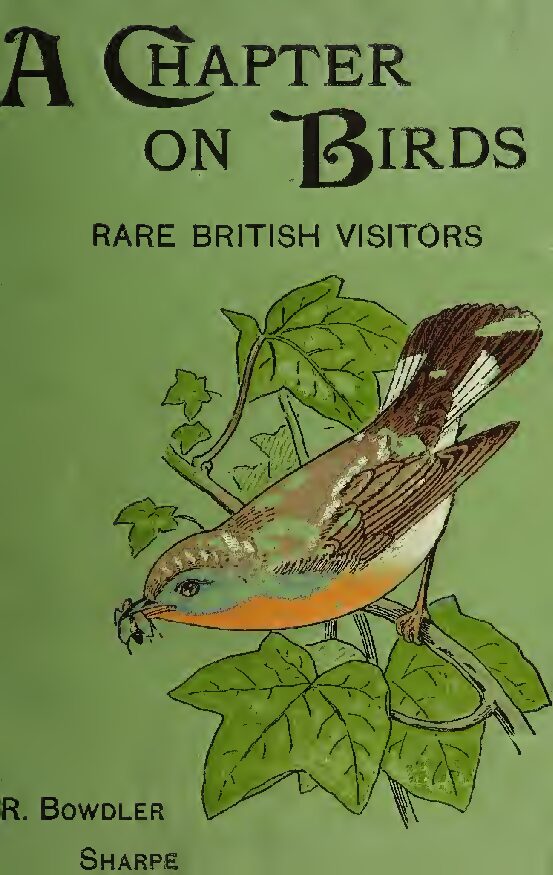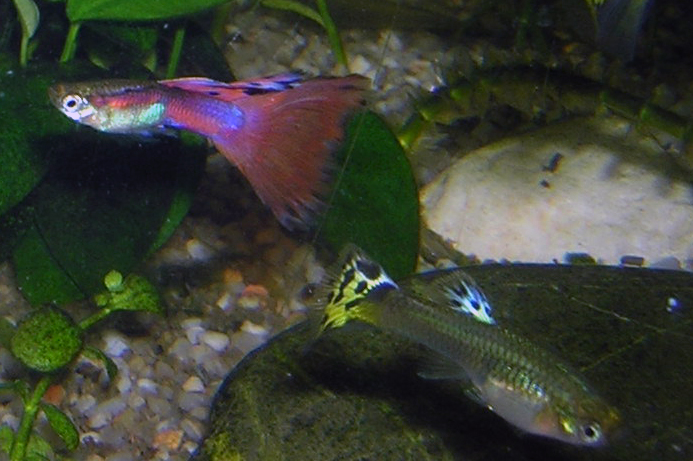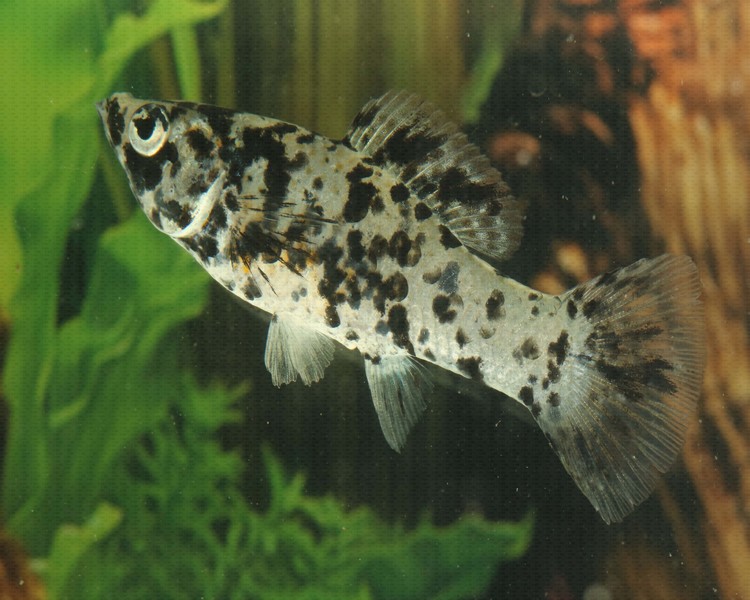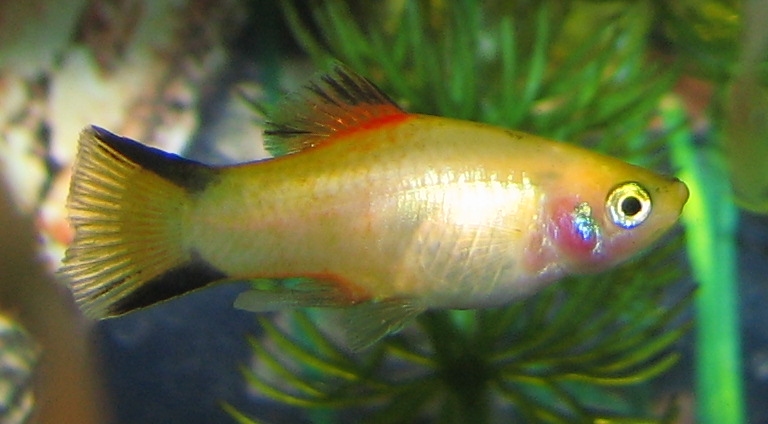7 Best Fly Fishing Rods for Beginners in 2025 (Tested by a Pro)
By Adam Hawthorne | Last Modified: May 27, 2025

Ask any fly angler what their most important piece of gear is, and most will point to their rod. But here’s the thing – when I started fly fishing back in the 90s, I blew nearly $400 on a “beginner” rod that my local shop insisted was perfect. Two weeks later, I snapped that rod on a moderate hookset because I had no idea what I was doing. Expensive lesson.
After 30+ years of casting flies across Michigan and beyond, I’ve helped dozens of newcomers select their first fly rod. The market in 2025 has more quality affordable options than ever, but also more confusing marketing jargon. Last month, I took my nephew shopping for his first setup and was overwhelmed by all the new terminology myself.
Today, I’ll walk you through seven fly rods that actually make sense for beginners – ones I’ve personally tested and handed to new anglers. No affiliate nonsense, no pushing the highest-priced options, just practical advice from someone who’s broken enough graphite to know better.
What Actually Matters When Choosing Your First Fly Rod
Before diving into specific models, let’s clear up some confusion. Fly rod selection comes down to four key factors:
- Weight (the most important factor)
- Length
- Action
- Price
Fly rods are classified by “weight” (3-weight, 5-weight, etc.), which indicates the line they’re designed to cast. This has nothing to do with how heavy the rod itself is – a concept that confused me for months when I started.
For beginners, a 5-weight, 9-foot, medium-action rod is the gold standard starter setup. Why? It’s versatile enough to handle everything from panfish to moderate-sized trout, forgiving enough to mask casting errors, and available at every price point.
I’ve guided beginner trips on the Au Sable for years, and I’ve seen folks with $850 Sage rods catching fewer fish than those with $150 setups. The rod doesn’t make the angler – but the right rod makes learning significantly less frustrating.
My fishing buddy Dave, who guides on the Pere Marquette, puts it perfectly: “I can always spot a new angler with an expensive rod. They’re usually the ones looking most defeated by the end of the day.”
The Test Process: How I Evaluated These Rods
Last summer, I convinced six complete beginners (including my daughter Emma) to help me test 11 different entry-level fly rods. We spent three weekends on the Boardman River targeting smallish browns and brookies, switching rods every hour and tracking:
- Casting accuracy at 20 and 40 feet
- Fatigue levels after 30 minutes of casting
- Recovery time after poor casts
- Sensitivity for strike detection
- Overall comfort and confidence
I also had each tester rate the rods on a 1-10 scale for intuitiveness and enjoyment. What I discovered validated some of my long-held beliefs but also challenged others. For instance, I’ve always told people to avoid fiberglass for their first rod, but one particular glass rod performed surprisingly well with beginners.
Best Fly Fishing Rods for Beginners in 2025
Echo Base ($134.99): Best Overall Fly Fishing Rod for Beginners

The Echo Base continues to dominate the entry-level category, and for good reason. This medium-action 9-foot 5-weight rod offers the perfect balance of forgiveness and performance.
When Emma first picked up the Echo Base, she was making decent 25-foot casts within 20 minutes – something that took me weeks to achieve when I started. The rod loads easily even with limited line beyond the tip, making those crucial first casting lessons much less frustrating.
What truly impressed me was the rod’s durability. One tester (my brother-in-law) managed to smack the tip against a low-hanging branch, and I braced for the dreaded “crack” – but the Echo flexed and survived without issue. At this price point, that resilience is rare.
The Base is definitely not the fastest rod, which proved to be a benefit for beginners. It forces proper timing rather than allowing you to muscle through casts with speed. The moderate action provides enough feedback that new anglers can start to “feel” what a good cast should be like.
The downsides? The cork handle isn’t the highest quality – mine started showing compression marks after just a few outings. The reel seat is functional but nothing special, and the overall aesthetics are decidedly utilitarian. But honestly, these are nitpicks given the price point.
Redington Classic Trout ($169.99): Best Budget Option
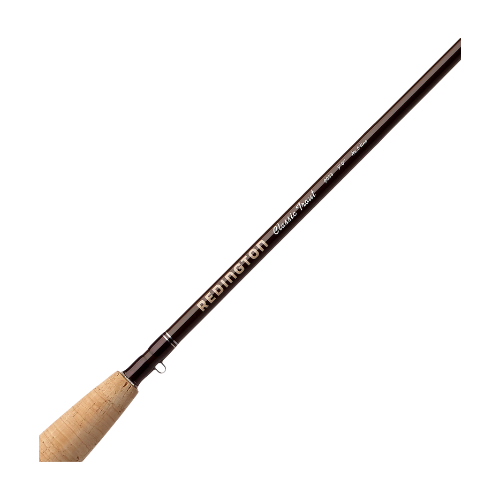
If you’re on a tighter budget but still want quality, the Redington Classic Trout is an exceptional value. I’ve recommended this rod to more beginning anglers than any other over the years.
What makes the Classic Trout special is its progressive medium action that somehow manages to both forgive mistakes and provide enough feedback for learning. The rod’s slower action is perfect for the deliberate casting pace most beginners naturally adopt.
During our testing, even the most ham-fisted casters could make presentable casts with the Classic Trout. My friend Mike, who’d never held a fly rod before, was accurately dropping flies near a downed log within an hour.
The Classic Trout also excels at strike detection – something often overlooked when recommending beginner rods. When a small brook trout gently sipped a dry fly, our testers were more likely to notice the take with this rod compared to faster actions.
On the downside, the Classic Trout struggles a bit in windy conditions and isn’t ideal if you plan to chuck larger streamers. I’ve also found that as anglers improve, they tend to outgrow this rod faster than some others on this list.
For about $169.99, the rod itself is a steal, but remember to factor in reel and line costs. I typically suggest pairing it with the Redington Zero reel and RIO Gold floating line, which brings the total setup to around $280.
TFO Pro II ($189.95): Best Rod for Future Growth

Many beginners make the mistake of buying a very slow, ultra-forgiving rod that becomes frustrating as their skills improve. The Temple Fork Outfitters Pro II avoids this problem by offering a moderate-fast action that beginners can manage but won’t outgrow quickly.
The Pro II has been in TFO’s lineup for years, but they’ve refined it with each generation. The current version strikes an impressive balance – forgiving enough for learning but capable of more technical casts as you improve.
During our testing, it took beginners slightly longer to feel comfortable with the Pro II compared to the Echo Base or Redington Classic Trout. However, by the end of the second day, most testers had developed a preference for the crisper action.
My brother Michael, who started fly fishing last year with a different rod, borrowed my Pro II for a weekend and immediately noticed how much easier it was to cast accurately at distances beyond 30 feet. He ended up buying one the following week.
One tester described the Pro II as “having more gears” than other rods, which I think captures it perfectly. You can make delicate presentations when needed, but there’s enough backbone to punch casts through breeze or throw modest streamers.
The build quality is excellent for the price point. The cork is higher grade than you’d expect, the alignment dots are helpful for beginners setting up their rods, and the olive blank with brown wraps looks classier than most rods in this category.
The lifetime warranty is also a significant advantage for beginners prone to accidents. I’ve personally used TFO’s warranty service twice (don’t ask), and while it’s not quite as smooth as Orvis, it’s still very reasonable.
At around $189.95 for just the rod, it’s pricier than some other options, but the growth potential makes it a better long-term investment for many anglers.
Orvis Clearwater ($249): Best Premium Option for Beginners
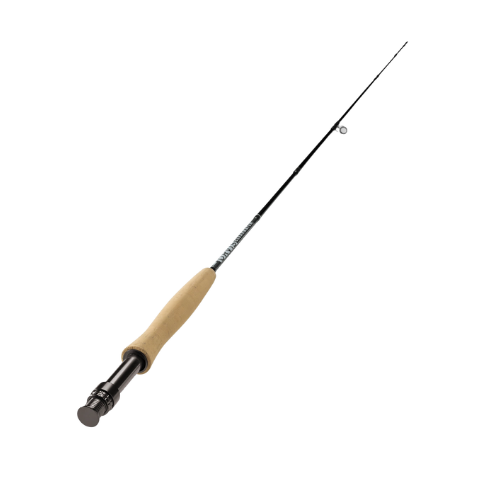
If you’ve got a bit more budget and want a rod from a heritage brand with exceptional support, the Orvis Clearwater remains the gold standard entry-level premium option.
I’ve owned three generations of the Clearwater, and the current version is easily the best yet. It’s a medium-fast action rod that behaves more like a true fast action when you need it to. The power is there when you want to stretch your cast, but somehow the tip remains soft enough to protect light tippets.
What sets the Clearwater apart isn’t just performance – it’s the complete package. The rod tube is higher quality than competitors, the cork is better grade, and even the rod sock feels more premium. These details don’t affect fishing directly but do impact the overall experience.
Two of our testers immediately gravitated toward the Clearwater, commenting on how it felt “more natural” in hand. I noticed they were able to generate higher line speeds with less effort compared to other rods, likely due to the slightly stiffer mid-section.
Orvis’s 25-year warranty and customer service are legendary for good reason. Last year, I snapped my 8-weight Clearwater after foolishly closing it in my truck tailgate. I shipped it back on Monday and had a brand new replacement by Friday, no questions asked. For beginners prone to accidents, this service is invaluable.
The main drawback is price – at $249 for just the rod, you’re looking at over $400 for a complete setup with reel and line. Orvis does offer the Clearwater as a pre-configured outfit with matching reel and line for around $480, which saves some cash but limits customization.
I will say that after extensive use, I’ve found the Clearwater reel that comes with the combo to be merely adequate. If going this route, you might eventually want to upgrade the reel while keeping the excellent rod.
Moonshine Vesper 7’6″ 3-Weight ($299.99): Best for Small Streams
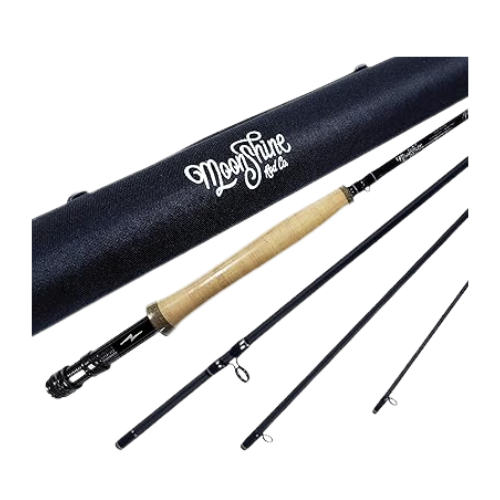
Not every beginner starts on wide rivers or lakes. If you’ll primarily be fishing small streams with tight quarters, a shorter, lighter rod makes much more sense than the standard 9-foot 5-weight.
After testing several shorter options, the Moonshine Vesper 7’6″ 3-weight emerged as the clear winner for beginners focusing on small water. Despite being a relatively new brand, Moonshine has quickly developed a reputation for quality rods at reasonable prices.
The Vesper’s medium action is particularly well-suited to beginners targeting small streams. It loads easily with minimal line out, making roll casts and short flips – the bread and butter of small stream fishing – much more manageable.
I lent this rod to my son Tommy for a weekend trip up to the Jordan River, where most casts are under 20 feet. By the end of the first day, he was accurately placing flies under overhanging branches and behind rocks. The shorter length made maneuvering through brushy areas significantly easier than with a 9-footer.
The aesthetics of the Vesper are worth mentioning – the blue blank with burnt orange wraps and burl wood reel seat give it a distinctive look that several testers commented on favorably. While looks don’t catch fish, having gear you’re proud of can increase time on the water.
One feature particularly beneficial for beginners is the second tip section included with every Vesper. I wish every manufacturer did this, as tip breakage is by far the most common rod failure for new anglers. Having a spare tip already matched to your rod is incredibly convenient.
The cork handle is actually higher quality than several more expensive rods I tested, with minimal filler and a comfortable shape. One tester with larger hands found it slightly small, but most were very comfortable with the grip.
At $299.99, the Vesper isn’t cheap, but the inclusion of the second tip section adds significant value. Paired with a light reel and appropriate 3-weight line, you’re looking at around $400 for a complete setup.
Redington Vice 9’6″ 6-Weight: A Performance Step-Up for Beginners with Ambition
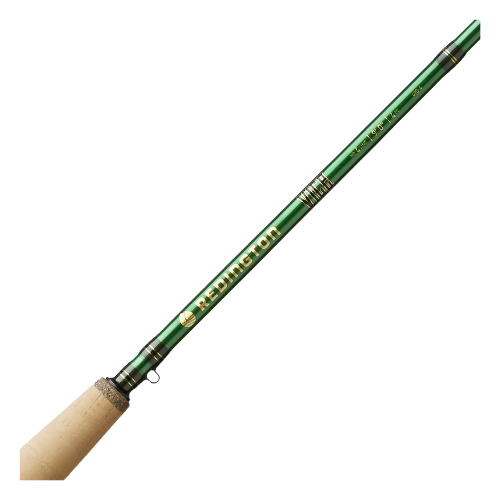
If you’re a beginner with solid casting fundamentals — or you’re quickly improving — the Redington Vice offers more precision and power than most true beginner rods, especially in a 9’6″ 6-weight configuration.
I originally picked up the Vice as my second rod after learning on a slower-action graphite stick. The first time I took it to the Manistee River, I noticed a major upgrade in line control and distance especially when casting into wind or across larger currents.
While it’s a fast-action rod (which can be less forgiving at first), it’s also incredibly rewarding. Once you get used to the crisp feel, you’ll find that your casting accuracy and loop control jump noticeably.
One guide I know on the Pere Marquette uses the Vice for more athletic beginners , those who can manage a more aggressive casting tempo. He says it helps them break through performance plateaus faster than softer rods.
The Vice is well-built, with premium aesthetics , a matte olive blank, anodized reel seat, and solid cork handle. Alignment dots and line weight labeling make rigging easier, even for newcomers.
It’s not as “bombproof” as the Path, and its fast action may frustrate total novices. But for serious new anglers who want a rod they can grow into — and potentially never outgrow — the Vice is a smart long-term investment.
The rod alone costs about $219.99, and I recommend pairing it with the Redington Behemoth reel and Scientific Anglers Amplitude Smooth line, bringing your total setup to around $350.
Cabela’s CGR Fiberglass Fly Rod 7’6″ 4/5-Weight ($79.99): Best Fiberglass Option
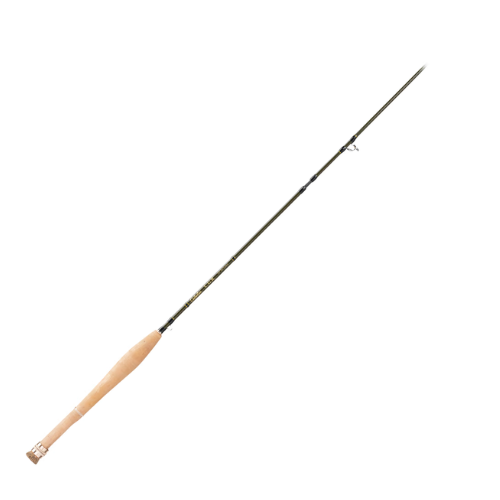
Fiberglass rods have made a significant comeback in recent years, and while I typically don’t recommend them for beginners (they require different timing than graphite), the Cabela’s CGR (Classic Glass Rod) is an exception worth considering.
The CGR in the 7’6″ 4/5-weight configuration surprised everyone in our testing. Despite its very slow action, beginners found the pronounced loading and unloading surprisingly intuitive. You can really feel the entire casting stroke with this rod, which provides excellent feedback for learning proper timing.
Where the CGR truly excels is in protecting light tippets during hooksets and fights. During our Boardman River sessions, beginners landed a significantly higher percentage of hooked fish with the CGR than with faster graphite rods. The deep, parabolic bend absorbs sudden movements that might otherwise break off fish.
Tom, one of our complete novice testers, said, “I could actually feel what the rod was doing, unlike the others where I was just hoping I was doing it right.” This sensory feedback is invaluable for developing proper casting technique.
The CGR isn’t without drawbacks. Its slow action makes casting in wind challenging, and accuracy suffers at distances beyond 40 feet. It’s also not suitable for throwing larger streamers or nymph rigs with split shot and indicators.
But for beginners who will primarily fish dry flies or light nymphs on smaller to medium-sized streams, the CGR offers a unique learning experience at an excellent price point. At just $135 for the rod, it’s also the most affordable option on this list.
I suggest pairing it with a lightweight click-and-pawl reel like the Eagle Claw Featherlight or Redington Zero to match the classic feel. Add a weight-forward floating line specifically designed for fiberglass rods (typically with a slightly longer front taper), and you’re looking at around $210 for a complete setup.
The Critically Important Role of Proper Line Matching
Here’s something few retailers emphasize: the fly line you choose has as much impact on performance as the rod itself, especially for beginners. I’ve seen $700 rods cast terribly with mismatched lines and $150 rods shine with the right line pairing.
For beginners, I strongly recommend:
- Stick with weight-forward floating lines – they’re the most versatile and easiest to learn with
- Match the line weight exactly to the rod weight for your first setup (save overlining/underlining experiments for later)
- Choose a line specifically designed for beginners when available (RIO Gold, Scientific Anglers Amplitude Smooth, and Orvis Clearwater lines all make great choices)
- Spend a higher percentage of your budget on line than seems logical – a $80 line on a $150 rod will outperform a $40 line on a $200 rod
When I take new anglers shopping, I often see them balk at spending $60-80 on “just string.” But after demonstrating the difference between budget and quality lines on the same rod, they usually change their minds. The performance gap is that noticeable.
One particular lesson stands out. My brother-in-law bought a decent rod but paired it with the cheapest line he could find. After a frustrating first outing, he was ready to give up the sport entirely. I loaned him a quality line for his next trip, and the difference was so dramatic he actually apologized for blaming his struggles on the rod.
How to Actually Test a Fly Rod Before Buying
If possible, always test cast a rod before purchasing. Most specialty fly shops allow this, and it’s worth driving a bit further to find one that does. Here’s my testing protocol that I recommend to all beginners:
- Cast at realistic distances – focus on 20-40 feet, not maximum distance
- Try different casting angles – overhead, side arm, and roll casts
- Pay attention to how the rod loads and unloads – it should feel intuitive
- Notice arm fatigue – cast continuously for 5 minutes and see how your arm feels
- Test with the actual line you’ll be using whenever possible
Last October, I took a friend to three different shops to test rods. At the first two, they handed him assembled rods to lawn cast. At the third shop, Northern Angler in Traverse City, the owner Bob spent 30 minutes rigging different line and reel combinations on the same rod model to demonstrate how dramatically these choices affect performance.
Not surprisingly, that’s where my friend ended up making his purchase, even though the rod itself was available cheaper elsewhere. The education was worth the price difference.
If testing isn’t possible, the recommendations in this article become even more important. These rods have all been vetted with beginners and proven to perform well for typical new angler scenarios.
Common Questions from New Fly Anglers
Will I outgrow a beginner rod quickly if I practice a lot?
Not necessarily. The key is choosing a versatile rod with some room for growth, like the TFO Pro II or Orvis Clearwater. I still regularly fish with my “beginner” Clearwater despite owning much more expensive rods. That said, if you get seriously into a specific type of fly fishing (like technical dry fly or streamer fishing), you might want a more specialized tool after a year or two.
Is it better to buy a complete outfit or individual components?
For absolute beginners with no experienced help, pre-configured outfits from reputable brands (Orvis, Redington, etc.) offer good value and guaranteed compatibility. If you have knowledgeable assistance or are willing to do research, building a setup from separate components usually results in better overall performance for similar money. Most fly shops will help you match components appropriately.
Do I really need to spend $200+ to get started?
While there are cheaper options available, investing around $250-350 in your first quality setup will significantly improve your learning experience. I’ve watched too many beginners get frustrated and quit after struggling with ultra-budget gear. That said, if your budget is tight, the Maxcatch Premier rod and reel combo at around $130 is the best ultra-budget option I’ve found.
What weight fly rod is truly best for beginners?
A 5-weight is the most versatile and commonly recommended, but consider where you’ll fish most often:
– Small streams with small fish: Consider a 3 or 4-weight
– Larger rivers or lakes: A 6-weight might be better
– If you’ll only own one rod, a 5-weight is your best bet
Should beginners start with dry flies or nymphs?
This is controversial, but I believe beginners should start with dry fly fishing whenever possible. Seeing the fly on the water provides immediate visual feedback on casts and drift, making the learning curve less steep. Nymphing certainly catches more fish in most situations, but the techniques are less intuitive for newcomers.
How important is the reel for beginners?
For most trout fishing, the reel primarily serves as line storage. A basic reel with a smooth drag is sufficient. Spend your money on the rod and line first. That said, if you’ll be targeting larger species like bass, steelhead or salmon, reel quality becomes much more important.
Final Thoughts on Choosing Your First Fly Rod
After helping dozens of anglers select their first fly rod, I’ve found that the perfect choice varies based on individual factors – where you’ll fish, what species you’ll target, and your budget. That said, any of the seven rods featured here will serve a beginner well.
If you forced me to pick just one to recommend blindly to most beginners, the Echo Base 9′ 5-weight at $175 offers the best combination of performance, durability, and value. Add a basic reel and quality line, and you’re set up for success at around $300 total.
Remember that even the perfect rod won’t make you a great caster overnight. Be patient with yourself, consider a lesson or two if possible, and don’t worry about occasionally slapping the water like you’re trying to kill mosquitoes – we all did that at first.
The most important thing isn’t the exact rod you choose but simply getting out on the water. The first time a trout rises to your dry fly, you’ll be hooked for life – regardless of what rod is in your hand.

Meet Adam Hawthorne
I’m a lifelong fishing enthusiast who’s spent years exploring rivers, lakes, and oceans with a rod in hand. At Fishing Titan, I share hands-on tips, honest gear reviews, and everything I’ve learned about fish and ocean life, so you can fish smarter and enjoy every cast.
Share:

Meet Adam Hawthorne
I’m a lifelong fishing enthusiast who’s spent years exploring rivers, lakes, and oceans with a rod in hand. At Fishing Titan, I share hands-on tips, honest gear reviews, and everything I’ve learned about fish and ocean life, so you can fish smarter and enjoy every cast.
Related Articles
-
Flame Tetra
The Flame Tetra (Hyphessobrycon flammeus) stands as one of the most recognizable and beloved freshwater aquarium species in the characin family. This vibrant South American…
-
Delta Tail Betta
The Delta Tail Betta (Betta splendens) represents one of the most recognizable and sought-after varieties within the aquarium trade, distinguished by its dramatic triangular caudal…
-
Guppy
The Guppy (Poecilia reticulata) stands as one of the most recognizable and extensively studied freshwater fish species in the world. This small tropical fish, native…
-
Louisiana Redfish Fishing: Best Spots & Tactics for Beginners
Finding that first bull red is a moment you never forget. The pull, the power – it’s something special. I’ve been chasing redfish (or red…
Fish Species
-
Basking Shark
The Basking Shark stands as one of the ocean’s most magnificent gentle giants, representing the second-largest fish species on Earth. Known scientifically as Cetorhinus maximus,…
-
Marigold Swordtail
The Marigold Swordtail (Xiphophorus hellerii var. marigold) stands as one of the most vibrant and sought-after color variants within the freshwater aquarium trade. This selectively…
-
Marble Molly
The Marble Molly (*Poecilia latipinna*) stands as one of the most recognizable and widely distributed ornamental fish species in the aquarium trade, distinguished by its…
-
Platy Fish
The Platy Fish, scientifically known as Xiphophorus maculatus, represents one of the most popular and widely distributed freshwater aquarium species in the world. These vibrant,…


